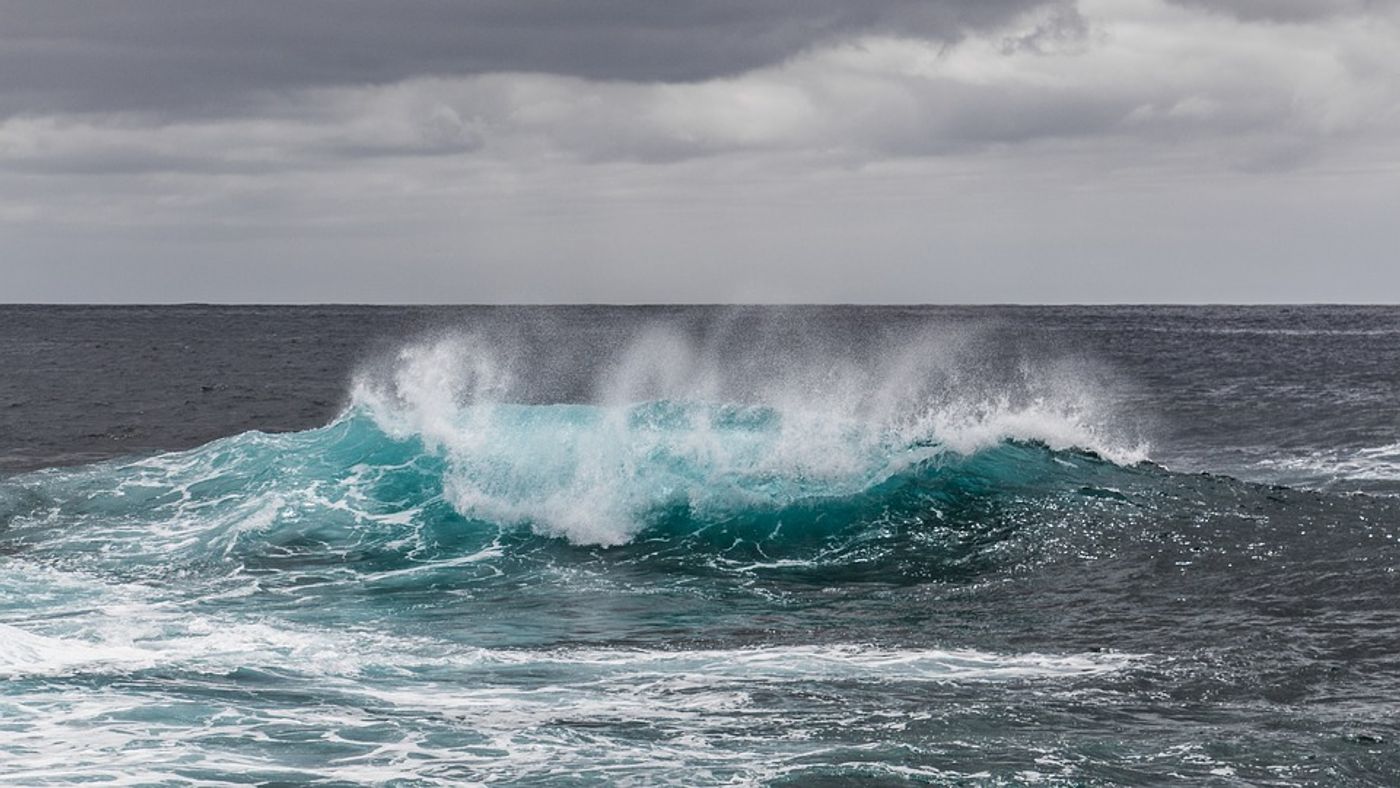The methane-eating microorganisms in the ocean
New research published in the journal Limnology and Oceanography reveals part of the mystery behind a one million square kilometer patch of ocean in the Pacific that is completely oxygen-less. The vast area, report researchers from the University of Southern Denmark and Georgia Institute of Technology, is controlled by methane-eating microorganisms that are responsible for eliminating roughly 80% of the methane produced in this patch of sea.
Researchers on the research vessel R / V Oceanus conducted studies testing the water chemistry of the area off the coast of Mexico where this phenomenon is seen. They discovered that the microorganisms inhabiting the oxygen-less region are playing a very important role, not only for the ocean but for the atmosphere.
Methane is a powerful greenhouse gas, 84 times more potent than carbon dioxide. Human and naturally-occurring causes of methane include rice fields, cattle, swamp areas such as peat bogs, melting permafrost, and of course, areas of the ocean with oxygen depletion.
However, as the researchers discovered from their study, these microorganisms help mitigate the amount of methane actually released. "If the microorganisms did not eat the methane, the release from the oxygen-free area would be approx. five times larger, and a large part of that could end up in the atmosphere,” said SDU Professor Bo Thamdrup, who is an expert in how marine microorganisms influence the environment.
"The methane pool of the oxygen-free zone is thus far more dynamic than previously thought, and it therefore becomes important to understand which microorganisms eat methane and how their activity is affected by environmental conditions."
This discovery helps us understand that the microorganisms involved in producing methane under anaerobic conditions, are also responsible for helping eliminate it via consumption for energy. The researchers think that this finding could be key to gaining new biotechnological insight for future development.
"Although there is a lot of energy in methane, methane as a molecule is difficult to activate and break apart, says Professor Thamdrup. "Finding out how microorganisms do the job is not only important for understanding the process. In the long term, it may also potentially be of biotechnological value. Maybe it can help us convert methane into other useful products."
Sources: Science Daily, Limnology and Oceanography, Environmental Defense Fund









